What Would It Take to Melt Hagelslag?

At the start of the summer I shared a joke on my Twitter account about the short heatwave in the Netherlands. In it, I implied that the weather was so hot that it could melt hagelslag, a whole box of it into one big block.
If you’ve ever eaten breakfast in the Netherlands you’ll be familiar with hagelslag. It’s the chocolate sprinkles that the Dutch like to put on buttered bread. It is a normal part of their dietary life. Even though, to the rest of us (at first glance), it looks like they have slightly lost their minds and started putting ice cream topping in sandwiches. However, I digress.
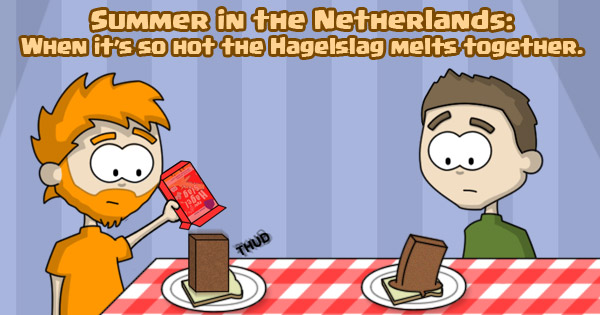
Shortly after I posted the joke a question came up, could this actually happen? Could it really get so hot that a box of hagelslag would melt and reform into a solid block?
Soon a full theoretical discussion had started about what it would really take to melt hagelslag. I joked about carrying out a scientific experiment to discover the answer. It was just a joke. I had no intention of actually doing it…
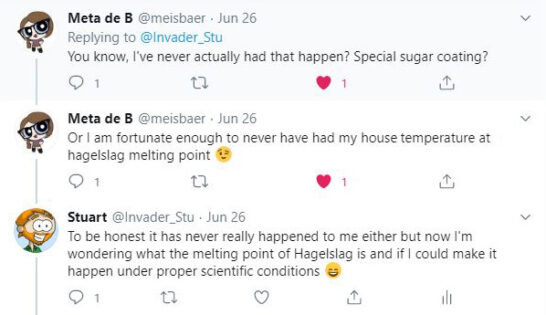
After all, how would you carry out such an experiment? I guess you would have to have a few hagelslag samples that you tested with a few different heating methods. But what heating methods would they be? Direct sunlight on a hot day, microwave, oven, etc. You’d have to find a way to time each one relative to the heat output of the heating method to make sure…
Yeah, there was no way I was not going to do the experiment once it got into my head. This is the kind of thing that led to me taste-testing over forty types of drop last year. Sometimes I wonder if I’m slightly obsessive-compulsive. Essentially I’m doing a Myth Busters on one of my own jokes.
So I devised several experiments that would test the hagelslag under different heating conditions.
I had three samples:
- A = High end brand hagelslag
- B = High end brand vlokken
- C = Low end brand hagelslag

Or as one of my Dutch friends referred to them when he saw what I was using; (a) Hagelslag, (b) not even trying to be hagelslag and (c) bullsh**t hagelslag. To be honest, I just started the experiment with what we had in the house at the time. This was mainly to stop myself from buying boxes and boxes of different hagelslag that we would spend the next two years eating.
Hagelslag vs. Direct Sunlight
- Conditions: Hagelslag in direct sunlight for three hours
- Results: Minimal to no change. In hindsight, I probably shouldn’t have attempted this experiment on a day when it only reached 19 degrees and was partly cloudy. If only I’d already thought of doing this when the first heatwave was actually happening.
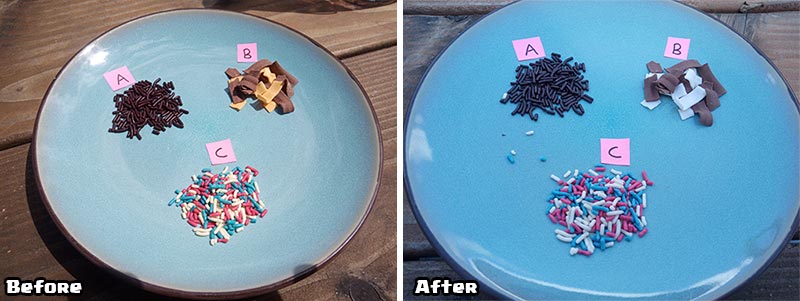
- Update: It was only a few hours later when looking back at the photos that I noticed there had been a change. Some of the vlokken had turned from orange to white.
Hagelslag vs. Hand
- Conditions: Each sample held in a closed fist for one minute.
- Result: A chocolate smeared hand and only slightly soft hagelslag.
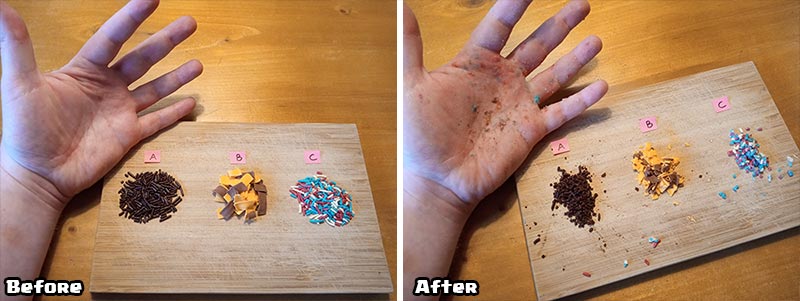
Hagelslag vs. Garden Weed Burner
- Conditions: Thirty second concentrated blast from a pre-warmed weed burner.
- Results: All the hagelslag was blown away within the first-five seconds. I spent the remaining twenty five seconds chasing the hagelslag around the garden with the weed burner, only scattering them further. No change to the samples. The experiment involving the hair dryer had much the same results.
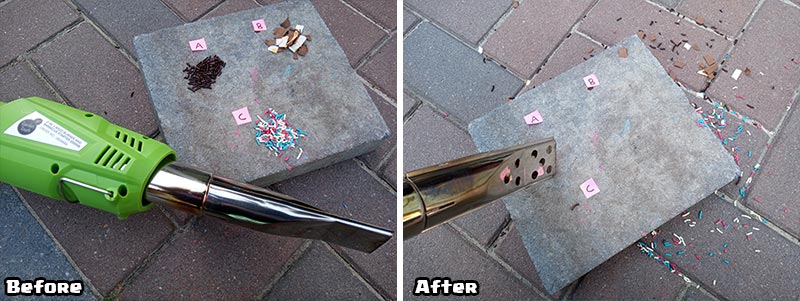
Hagelslag vs. Microwave
- Conditions: Two minutes in the microwave divided into intervals of thirty seconds. Followed by an uninterrupted five minutes because I got impatient.
- Result: After the first two minutes the results were minimal. The hagelslag was soft to the touch but otherwise held its form. The kitchen started to smell like candy floss. After the additional impatient five minutes in the microwave things were a little different. Sample A started to smoke and turn a burned black. Sample B smoked and melted. Sample C did not change at all. The kitchen smelled like burned candy floss, I had to open all the windows in the house and the plate was destroyed (sample A had burned into it).
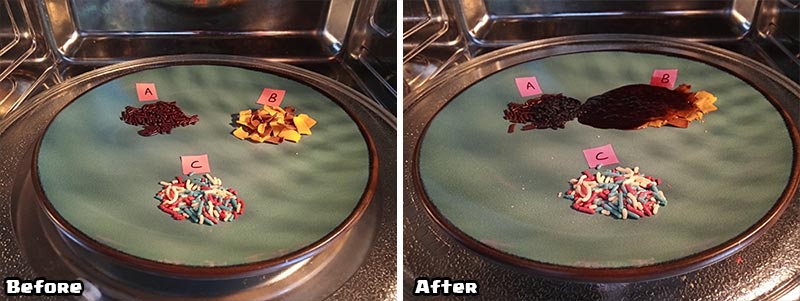
Hagelslag vs. Au Bain-Marie
- Condition: Five minutes in a glass bowl over water boiling on the stove.In other words: the traditional way of melting cooking chocolate.
- Result: Absolutely nothing. Even more nothing when I extended the experiment to a full fifteen minutes. I really thought this was going to be the one to do it. I’m starting to think there is not much chocolate in Hagelslag.

Hagelslag vs. Frying Pan
- Condition: Five minutes in a lightly buttered frying pan on high heat.
- Result: The experiment had to be abandoned very quickly due to a ruining-the-frying-pan hazard. All the samples started to smoke very quickly and (despite the butter to avoid it happening) burn into the frying pan. The kitchen once again smelled of burnt candy floss for a few hours (which is not as nice a smell as it sounds).

Conclusion
It seems that there is not really anything that can melt Hagelslag (okay, the vlokken did melt a bit but that’s not hagelslag). All of my experiments failed. The proof is conclusive. You can not melt commercial hagelslag. I have debunked my own joke… Or have I?
There was one last test that I ran after I had almost given up… and it was successful. I have discovered the one thing that can melt hagelslag. I fully expect this discovery to rock the scientific community. The one thing that can melt hagelslag without burning it, discoloring it or blowing it away is… water!
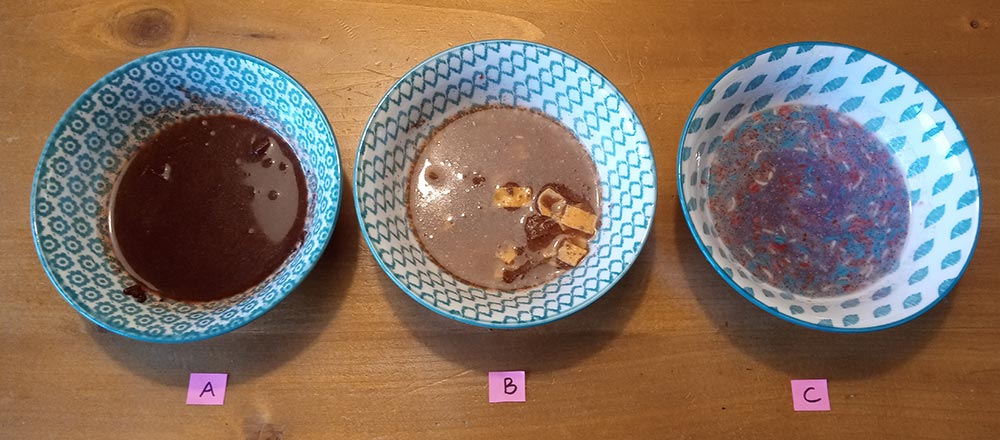
Many scientists (and my wife) would refer to this as dissolving rather than melting but I’ll take whatever I can get at this point.



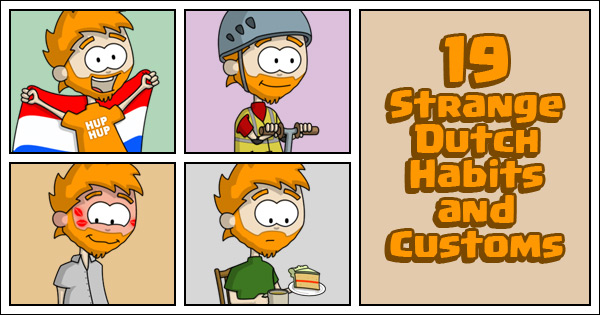

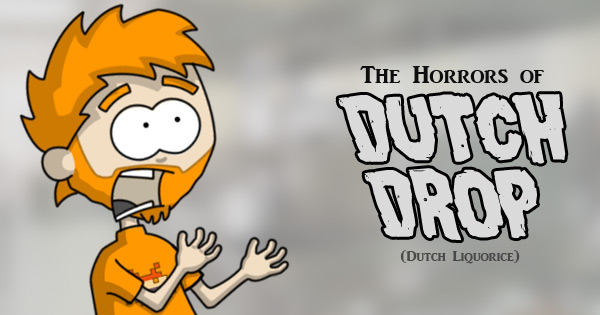



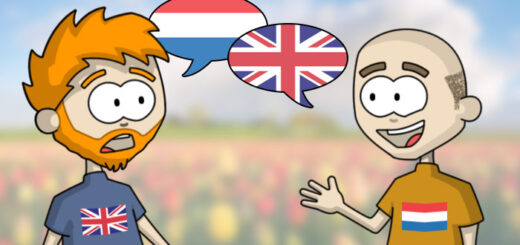


How to get this to the attention of the ignoble committee…
I’m expecting their call at any moment :)
Great experiment! One thing, it is called ‘vlokken’, not ‘vlokker’ (which turns out to be swimming pool cleaner).
Oops. Yep, really don’t want to get those two mixed up and put pool cleaner on bread :s
Hahaha. I am glad I don’t know what the smell of burning candy floss is. I am also surprised the au bain maire didn’t work. I would have expected that one. On the other hand, I am sure the birds and other small creatures were happy with your weed burner experiment.
Now I want vlokken… that used to be a treat during lunch with coworkers (a little bit mixed into my pretzels), but that won’t be happening any time soon!
Au bain maire was really the one I thought would work too. I was so surprised that it did nothing.
You did show with your experiments that the outside of hagelslag is a sugar coating! Sugar doesn’t melt at low temperatures, and when you heat it, it burns and smells like burned candyfloss (which is almost 100% sugar). Dissolveing works, because you can dissolve sugar in water very easily. Then you are left with the chocolate.
You have answered my question with your experiments, so hats of to you :)
Thank you very much for giving me the idea for the whole thing in the first place :)
I love your scientific approach, Stu. Now I’m wondering what happens to Hagelslag in your stomach? Does it pass through unmelted and undigested? No, I won’t ask you to test that…. :)
After doing all these tests I’m not too sure I want to eat Hagelslag again :D
Never replied until now but I can think of 2 extra ways you can melt the chocolate.
1. Make a pan with boiling water and but another pan on the boiling water with the chocolate in it. (this works with chocolate bars at least, it prevents burning it)
2. leave the box in the car in the sun on a hot day.
nvm, the pan on boiling water looks too much like the glass bowl attempt.
You would have guessed that would work….
Thanks for the stories, they are always nice to read.
Hot buttered toast is the best way – it melts to just the right Consistency to still have shape but a delicious gooiness about it.
It melts in your mouth…when placed there between two slices of toast covered with butter!